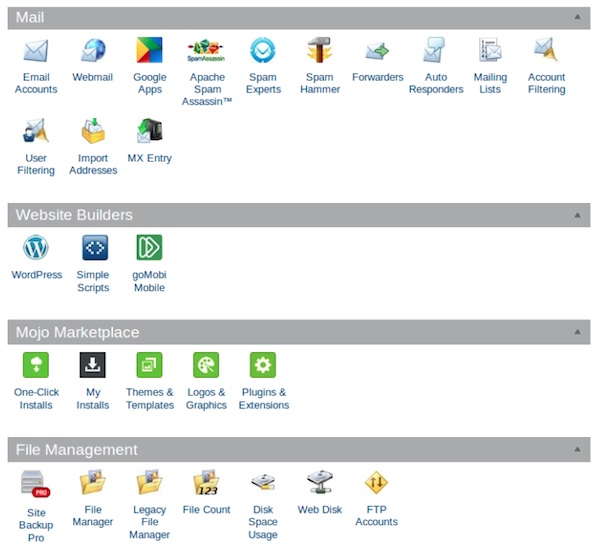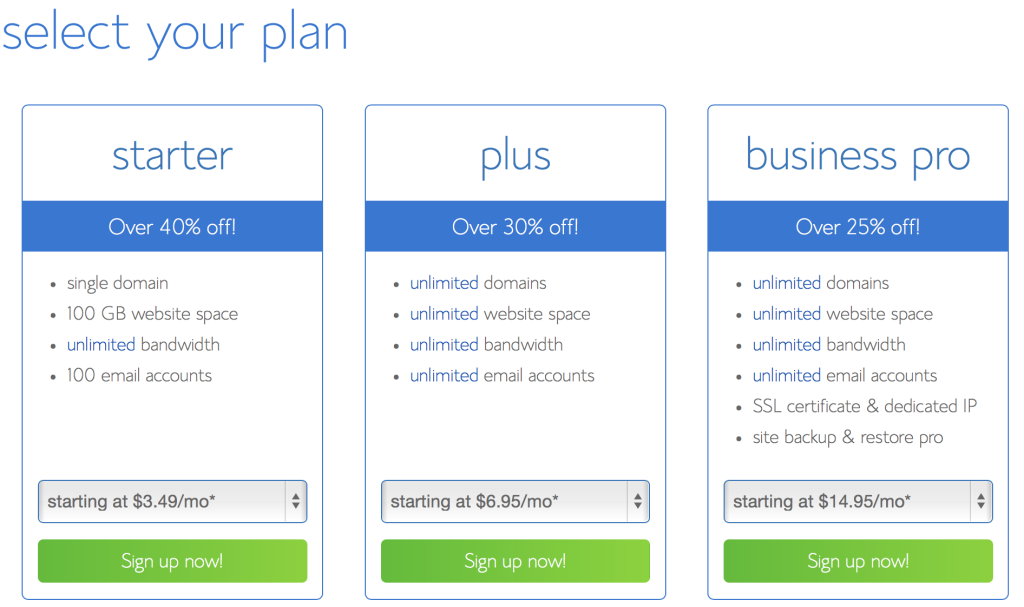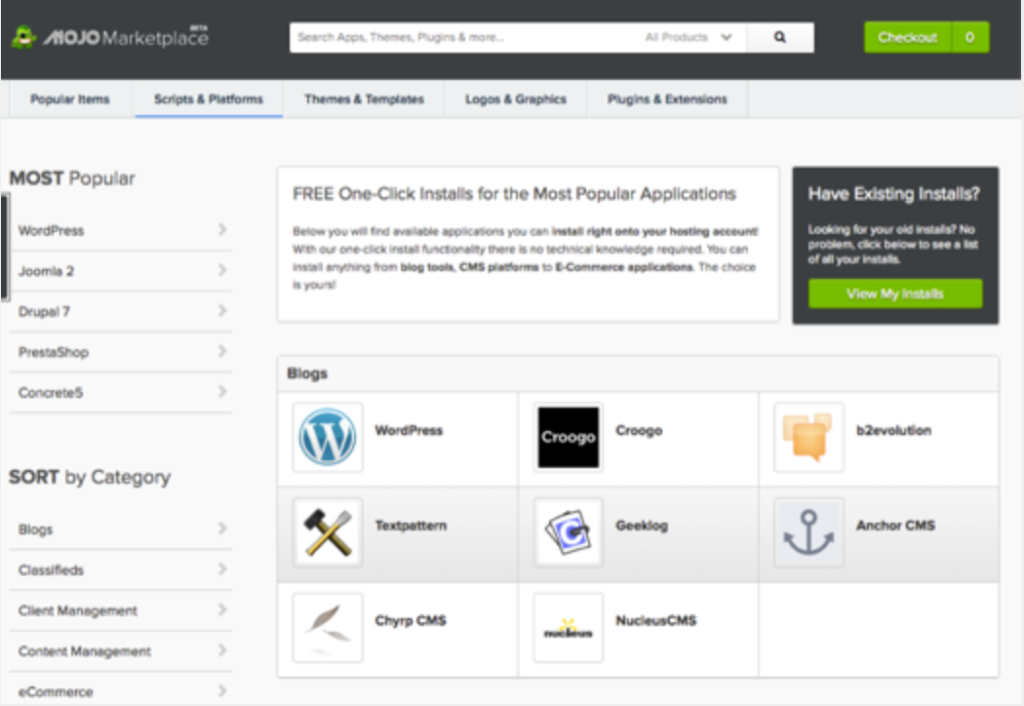What is niche blogging? It is delving into a topic you enjoy and sharing your passion with others through useful blog posts. Niche blogging (as opposed to just “blogging”) is a particularly narrow focus. For example, this is a niche blog specifically at girls who have an interest in (1) prepping, (2) survival, or (3) camping. It’s finding a niche audience beyond one broad topic and writing quality content that audience will find useful.
Why start niche blogging? It can be a fun outlet for sharing your passion and connect you with a larger community around the world. Take it seriously and write quality content and, over time, it can lead to a little cash on the side. By maintaining two niche blogs, I earn around $150/month through affiliate sales. It’s not a full time job by any means, but it’s nice to have a little cash to put towards my hobbies I already enjoy writing about!
SO. Are you ready to build your own niche blog?
Step One: Determine the Focus of Your Survival / Prepper Blog
There are an endless list of topics that a survival blog could entail, and there are dozens of prepping blogs in existence. The best way to succeed will be to focus on one specific niche — such as food preparation, sustainability, prepping in a large city, prepping as a solo mother, prepping without guns, etc.
When choosing a niche for your survivalist blog, ask yourself the following questions:
As a prepper, what do you know the most about? The key to running a successful blog is to become the authority on a specific subject. Do you know the most about prepping in a homestead scenario? Are you an expert on primitive camping? Do you have a uniquely meticulous system for storing a year’s worth of food? Have you built an underground shelter? All of these topics would make a great focus for your survival blog.
Why are you blogging about survival? Is it out of passion? Is it to become engaged with the pepper community? Do you want to meet other survivalists, or maybe even make money?
The most successful and long-lasting blogs are ones that begin with passion and quality content. If you begin your blog with those two things, the rest will follow.
Step Two: Choose a Blog Name
What should the name of your prepper blog be? It should be something that clearly defines the focus of your blog. “First Year Prepper” may be good if you’re documenting your first year becoming acquainted with survival, but what if you want to continue your blog beyond that first year?
Next, if your goal is to build a community, check availability of usernames across social media platforms such as Facebook, Twitter, and Pinterest.
Step Three: Choose a Domain and Hosting
To become an expert in your blogging field and grow (and maybe develop enough of a base to attract advertisers), you’ll need a self-hosted .com.
Bluehost is a favorite web host across all blog genres — they’re known for quick customer service, and you’ll get your domain name for free upon signing up (automatically a $10 savings). The $6.95/month package also includes unlimited GB, which is a fantastic deal.
When you sign up for Bluehost, you’ll be given three options: starter, plus, and business pro. You can start with the cheapest at first to see how you like blogging — 100GB should be plenty for your survival blog (unless you’re planning on hosting your own video content).
Step Four: Install WordPress interface
This is easily the most complicated part of setting up your new prepper blog — but hang with it! Once your domain name is set up, you’ll be directed to our very own cPanel.
Your cPanel will seem overwhelming at first, but take it in small steps. To set up WordPress, select “Mojo Marketplace”.

After clicking on “One-Click Installs”, select WordPress.
From there, you’ll follow easy step-by-step instructions on setting up WordPress your blog.
Step Five: Download a Theme
“Themes” are the overall look of your blog, and there’s an unlimited supply of WordPress themes for you to choose from!
I used free themes for years, but found them to be cumbersome, I often had to teach myself how to fix the coding without any kind of support, and I could never quite get my blog to look the way I wanted. These days, I opt for paid themes as the hassle is far less.
StudioPress Themes for WordPress is intuitive, sleek, and their Genesis framework is used by several blogs (including this one!). You don’t need to understand HTML or CSS coding to have a great looking blog.
Now What?
Congratulations — you have your very own blog!! Now, start writing!
Until July 7th at 12pm EST, Bluehost is offering their fabulous website hosting at a 40% discount — only $4.95/mo for 12 months!


Leave a Reply